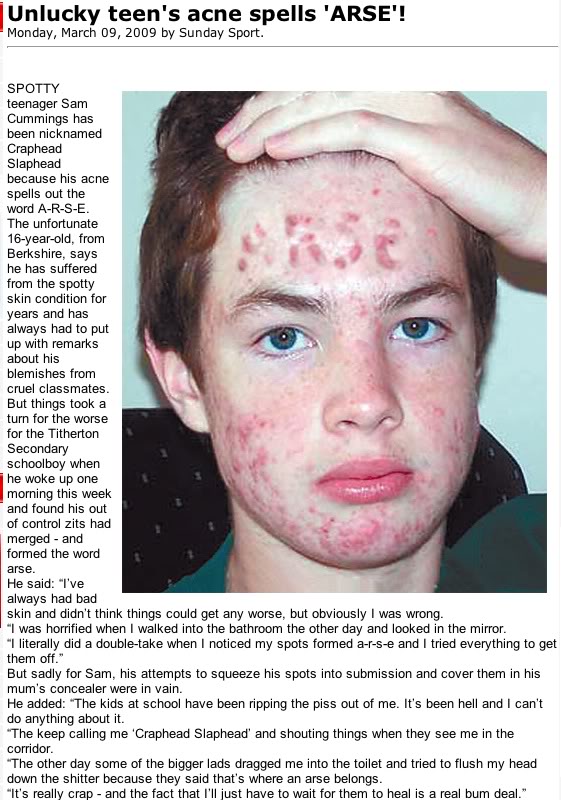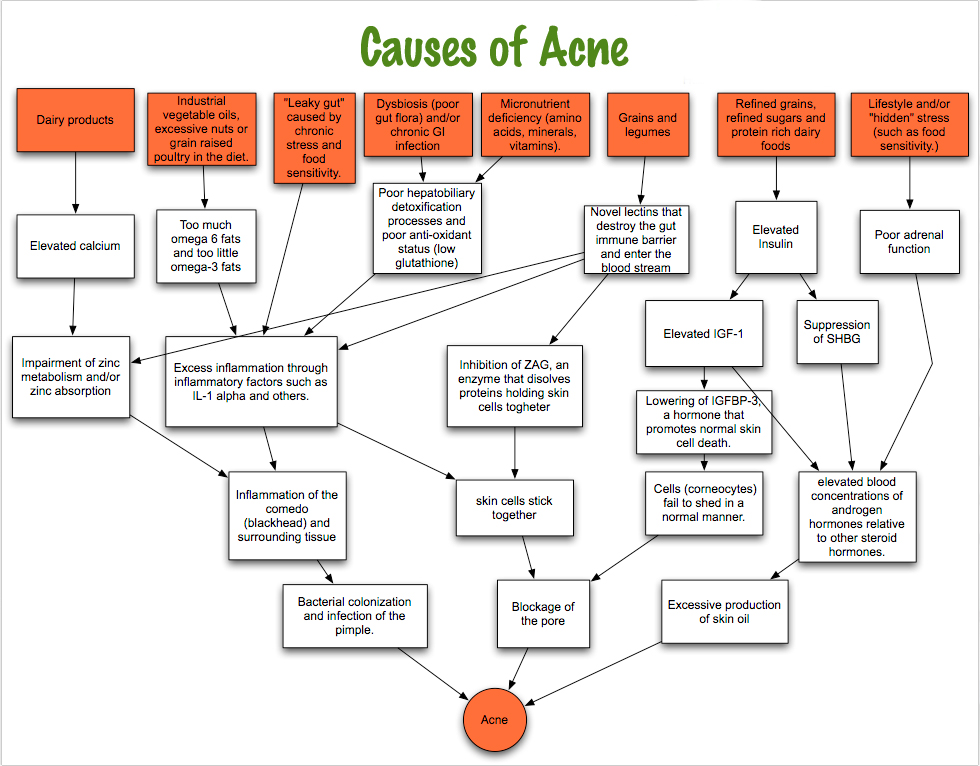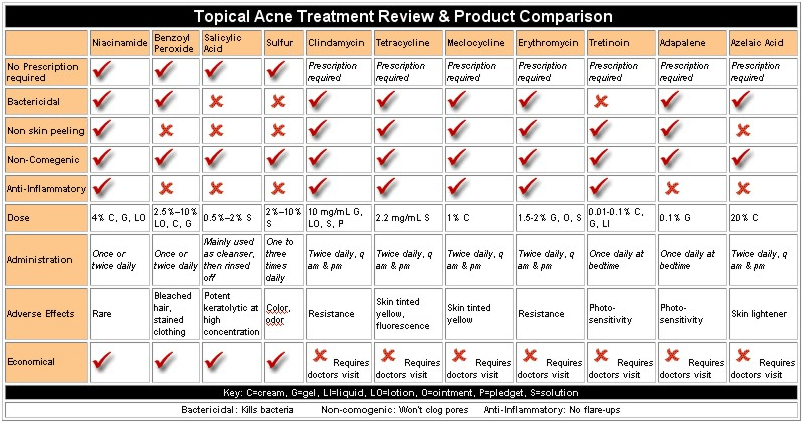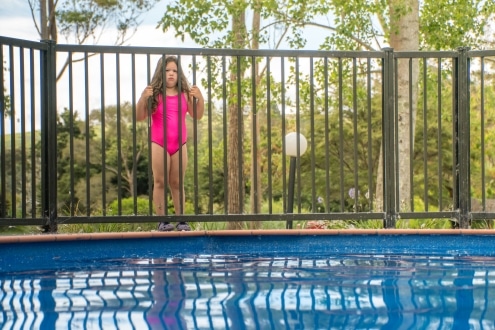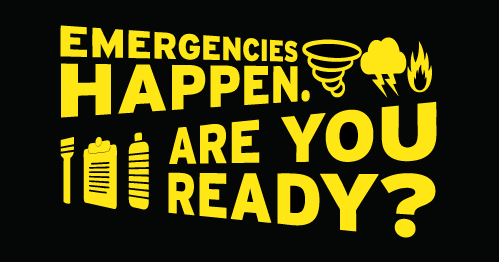Acne – The Bad and The Ugly
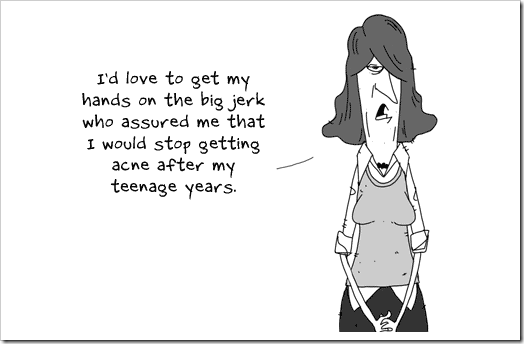
Like a master criminal Acne goes by several aliases: blemish, pimple, pustule, blackhead and zit are just few. If Acne isn’t criminal then why are episodes called “breakouts?”
Acne brings back many memories all of them bad. I learned my Mother was psychic. She was able to associate every new pimple with the candy bar, donut or soda I indulged in earlier. I remember smothering pimples with Clearasil at bedtime in hopes that by morning they would be dried up.
I remember the cruel jokes my buddies and I would share about classmates with severe bouts of zits referring to them as Craterface and Pizzaface. I remember the tacky remarks we made like, “What’s the par for her face?”
Fast forward 35 years and teenagers still get acne. In fact, even celebrities get acne. Too bad Brad Pitt wasn’t around when I was in high school. While there still is Clearasil and Stridex we now have Proactive infomercials.
Teens still harass each other about their skin condition. There is now a proven correlation between sugar, wheat and dairy with breakouts – I guess Mom knew what she was talking about after all.
One thing that hasn’t changed is the fact although nearly all of us get it at one time or another it still doesn’t make you feel better about having it. Maybe increasing our understanding of this condition will help us “face it” better.
Acne or Acne Vulgaris, is a disorder of the hair follicles in which blackheads, also known as comedones, develop in the skin. An increased secretion from the oil glands (called the sebaceous glands) in the dermis combined with increased shedding of dead skin cells (hyperkeratinisation) can cause the oil-cell mixture to block the follicle openings, resulting in comedones.
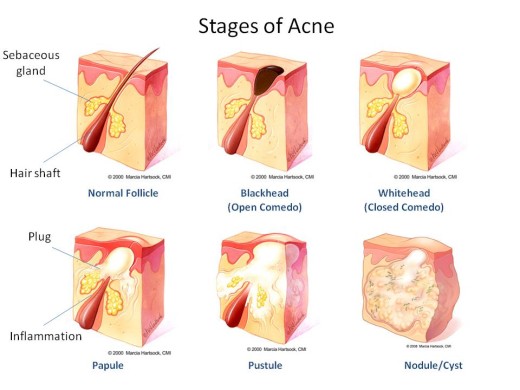
Causes of Acne
- There are different causes of acne. Teenagers develop acne at a higher rate than other age groups because of the increased levels of Androgen hormones during puberty. This causes the sebaceous glands to enlarge and make more sebum. In young women, it often worsens and improves with the rise and fall of hormone levels during the menstrual cycle.
- Acne can run in the family. There is a genetic predisposition for acne for those people who have family members with acne.
- Stress may also affect acne. Acne often worsens during times of stress and improves during more stable periods.
- Certain medications containing corticosteroids, androgens or lithium are known to cause acne. Using oil-based skin products or cosmetics can also make acne worse. Use skin products that don’t clog your pores, commonly known as “noncomedogenic” products.
- Certain studies show that certain dietary factors, including dairy products and carbohydrate-rich foods, such as bread, bagels and chips, which increase blood sugar, may trigger acne. However, greasy foods and chocolate have proved to have little to no effect on the development or course of acne.
Some of the symptoms of acne can include blackheads and whiteheads. Whereas blackheads open at the surface of the skin, whiteheads open just under the skin’s surface, which is why they have a white appearance. Inflammatory lesions can also occur, making them more likely to cause scarring.
These lesions can include cysts, pustules, nodules and papules. Cysts are infections that occur just underneath the surface of the skin, where pustules are small red pimples that have pus at their tips. Nodules are more painful lumps, whereas papules are small red bumps that are slightly raised.
Treatment of Acne
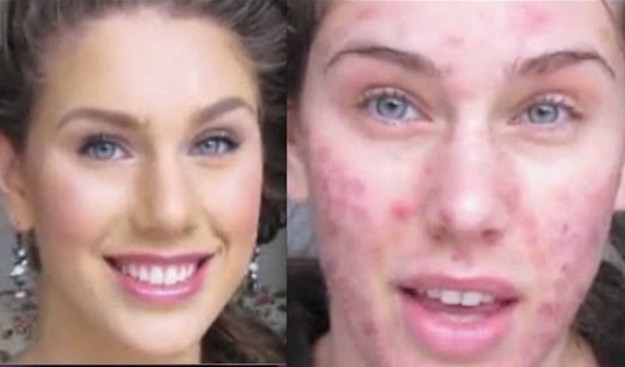
There are different treatments available to help with acne. A dermatologist will be able to prescribe the correct treatment according to the degree of acne a person has. Treatments may include:
- Over-the-counter topical treatments
- Topical treatments available by prescription.
- Antibiotics
- Isotretinoin
- Oral contraceptives
- Laser and light therapy
- Cosmetic procedures
Treatment for acne is almost always successful and most people can expect this condition to disappear within six to eight weeks. Flare-ups can occur, which may require additional treatment.
In some cases scarring can occur and it can also cause emotional distress. Getting treatment as soon as possible will reduce the possibility of scarring and also help to speed up the recovery time.
HealthLine.com is a popular resource that offers expert health advice from qualified professionals and experienced contributors. Find out more about skin disorders from Healthline.com.
Please rate this article using the Stars and Thumbs below. May you always look like your After picture.


